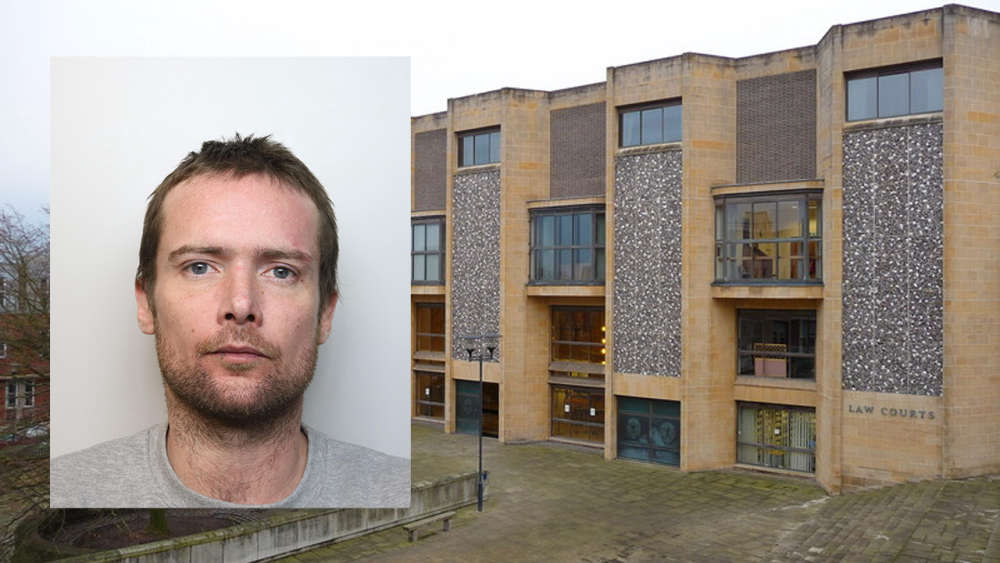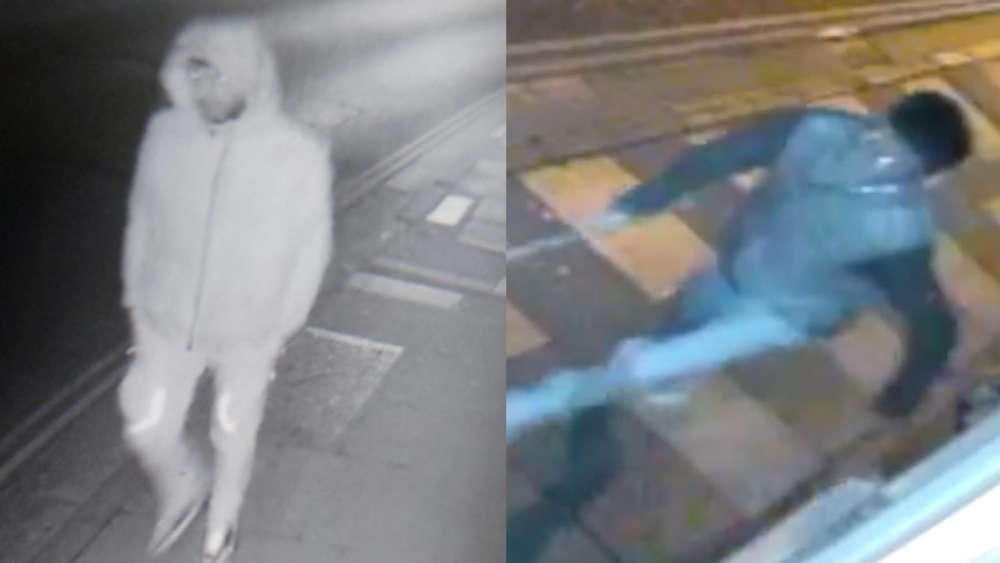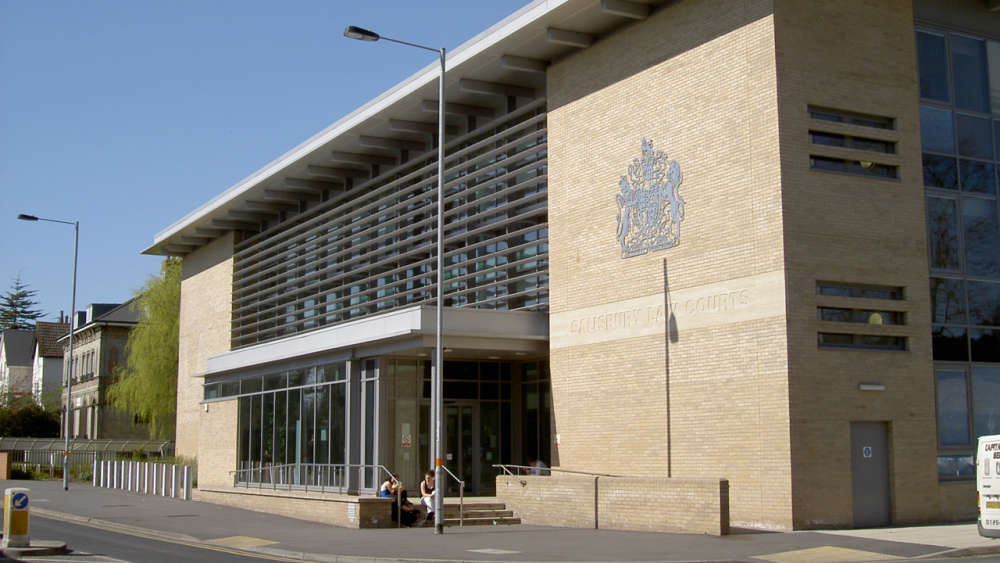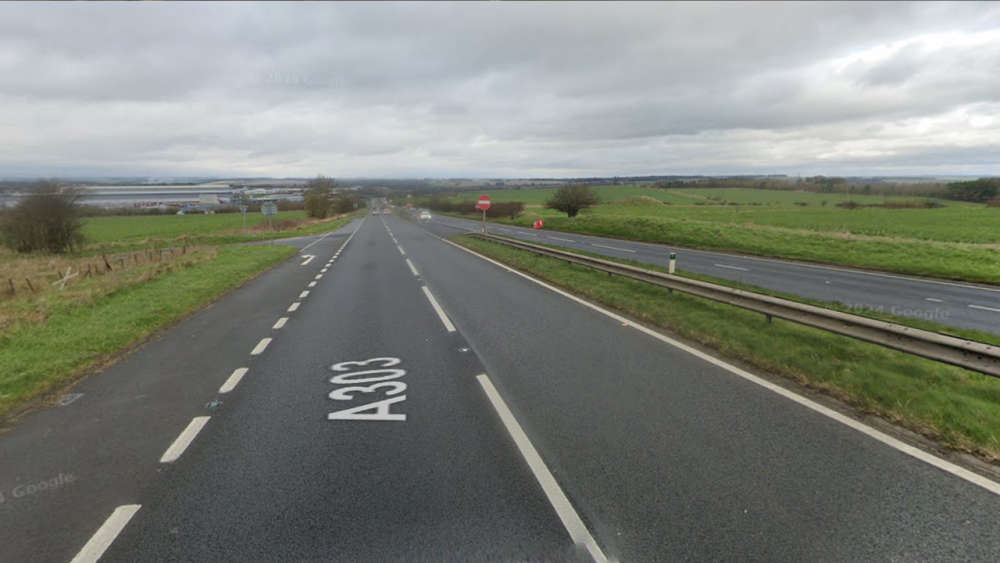A significant conservation project starts at Stonehenge today (14th September) after English Heritage reveals the toll that erosion and past repairs have taken on the 4500-year-old structure.
The project will see the charity undertake vital steps to care for the historic stone circle; repairing cracks in the lintels – the elevated horizontal stones that make Stonehenge so iconic – and the re-packing of joints with lime mortar to keep the stones safe into the future.
To mark the significance of this work, English Heritage has invited the man, who as a boy in the 1950s placed a 1958 halfpenny beneath a sarsen during restoration works, to return to the stones and place a 2021 coin beneath a lintel.
Detailed laser scans of every stone at Stonehenge along with a recent engineers report, revealed cracks and surface damage in the lintels. English Heritage’s conservation plan will prevent further erosion to the stones themselves, stop cracks from getting larger, and repair earlier works from the 1950s and 60s, where hard concrete mortar was used to fix lintels together and is now disintegrating. Scaffolding will be used to access the tops of the stones in order to remove the old deteriorating mortar and repack joints with lime mortar to prevent the lintels and joints from suffering further erosion.
Heather Sebire, English Heritage Senior Curator for Stonehenge, explains, “Stonehenge is unique among stone circles by virtue of its lintels and the special joints used to secure the lintels in place. Four and a half thousand years of being buffeted by wind and rain has created cracks and holes in the surface of the stone, and this vital work will protect the features which make Stonehenge so distinctive.
“Thanks to the sophisticated laser scan technology and our regular checks and monitoring, the stones will now be able to stand the test of time, and Salisbury Plain weather, for many more years!”
English Heritage has also been talking to some of the people who were involved in the last conservation project in the 1950s. A little-known fact is that one of the great sarsens at Stonehenge conceals a 1958 coin placed there by 8-year-old Richard Woodman-Bailey during the seminal restorations led at the time by his father, the Chief Architect for Ancient Monuments, T. A. Bailey.
English Heritage and the Royal Mint have arranged for Richard, now 71 years old, to strike a special commemorative silver 2021 coin and come back to Stonehenge to place it within the new mortar holding the lintels in place.
Rebecca Morgan, Director of Collector Services at The Royal Mint comments: “We were delighted to invite Richard to The Royal Mint to strike his own coin that will take its place in history. In honour of the ancient site, we struck a 2021 dated £2 silver coin featuring Britannia. This symbol of Britain first appeared on UK coins 2000 years ago, and has been carried by visitors to Stonehenge for centuries. This is the joy of collecting coins; they tell a story that connects generations.”
English Heritage’s Heather Sebire continues, “It’s been a privilege to talk to some of those people involved in the last major restoration works at Stonehenge 60 years ago – their memories and their special bond with the place, really breathe life into the story of its conservation. We’re so delighted that Richard has agreed to be involved today – it’s a lovely example of how the lives of many people are intertwined with the stones.”
The conservation work will be carried out by Strachey Conservation, specialist conservators contracted by English Heritage, and will take up to two weeks. Visitors to the site this week will be able to see the conservation work in action and chat to English Heritage volunteers about what is happening and why.
English Heritage is grateful to all the members and visitors to their sites. As a charity, this support enables essential conservation work such as this to take place.
To see conservation in action at Stonehenge, book your ticket to visit between 14th and 25th September.

 Man jailed for 28 months following stabbing in Amesbury
Man jailed for 28 months following stabbing in Amesbury
 City Council announces plans for Armed Forces Day
City Council announces plans for Armed Forces Day
 Highest Score Arcade Announces Exciting Easter Events For All Ages
Highest Score Arcade Announces Exciting Easter Events For All Ages
 Man charged with attempted murder following serious crash in Salisbury
Man charged with attempted murder following serious crash in Salisbury
 Police looking for pair after attempted burglary on Catherine Street
Police looking for pair after attempted burglary on Catherine Street
 Man sentenced after Durrington disorder
Man sentenced after Durrington disorder
 Fun packed Easter Holiday fun at Army Flying Museum
Fun packed Easter Holiday fun at Army Flying Museum
 Child suffers life-threatening injuries in collision on A303
Child suffers life-threatening injuries in collision on A303










